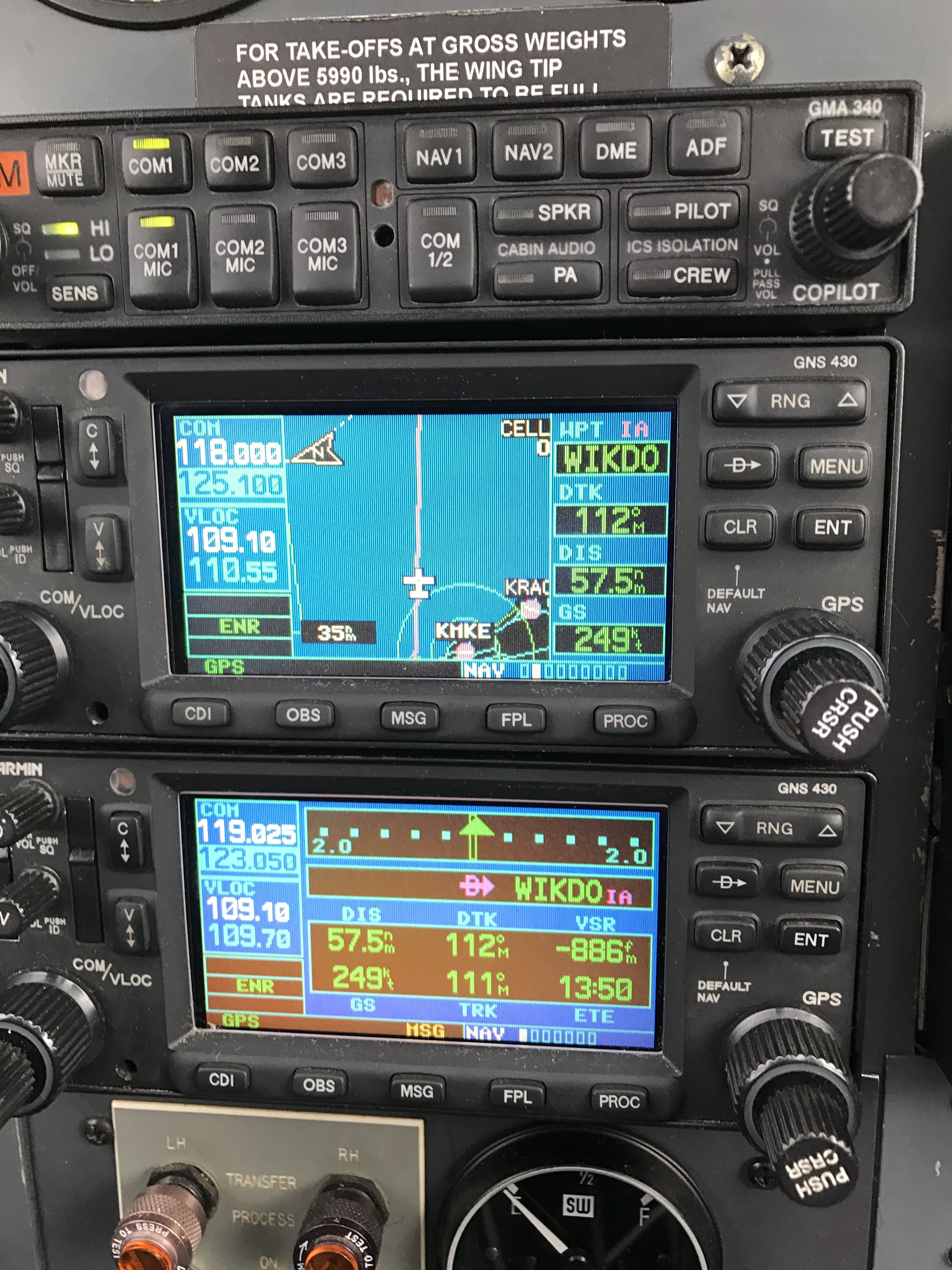“Sorry _______ approach, can you say that again? I missed your call while I was listening to the ATIS.” Or, worse, you hear “Aircraft N1234, third call, descend to 3000 and turn to 360 degrees.”
It is common for pilots to miss radio calls when they are trying to listen to ATIS, AWOS, and/or AWOS. Sometimes it is embarrassing and other it can become a problem if that missed call was ATC trying to get you to change course or altitude to avoid other traffic.
One reason that I have noticed that many pilots miss these calls when listening to weather is that they listen to the weather broadcast too loudly on their second radio while still trying to listen to their controller on their primary radio.
 Pro-tip: Listen to weather broadcasts at a lower volume than the radio selected to the primary communications frequency. Continue reading
Pro-tip: Listen to weather broadcasts at a lower volume than the radio selected to the primary communications frequency. Continue reading

 So, what’s the best advice I can give a pilot who is in the early stages of their career?
So, what’s the best advice I can give a pilot who is in the early stages of their career?